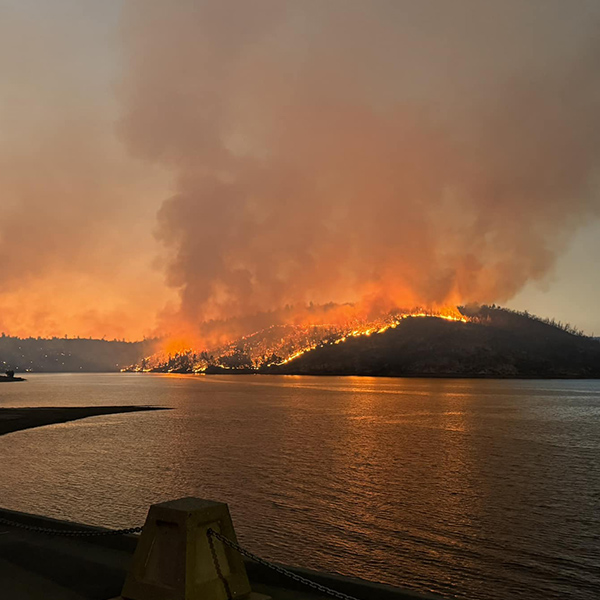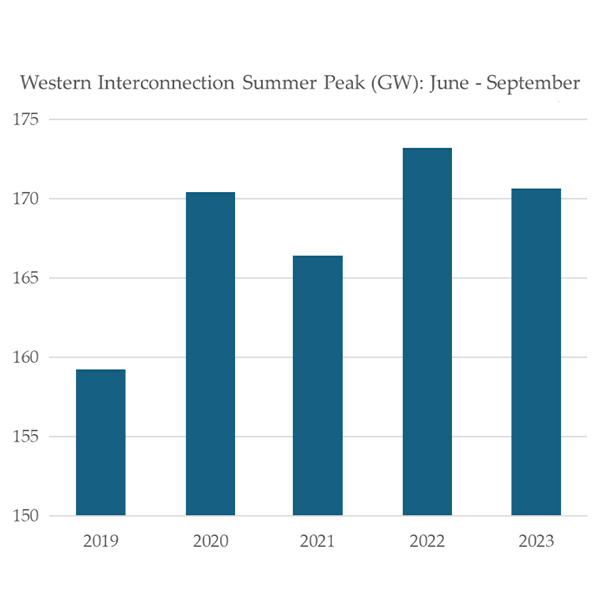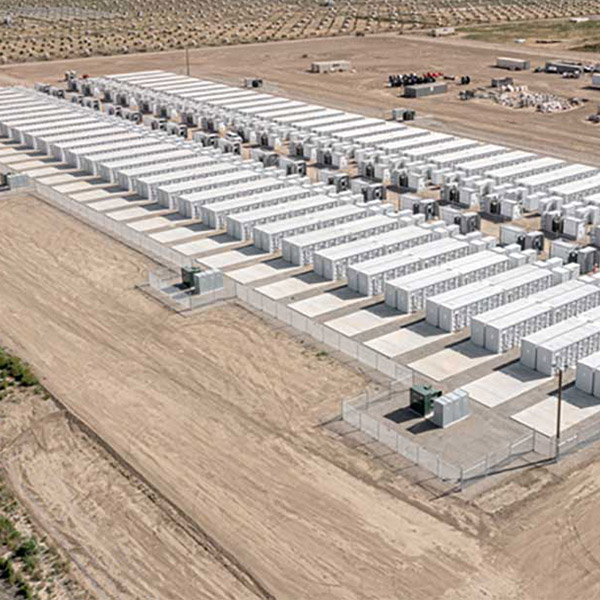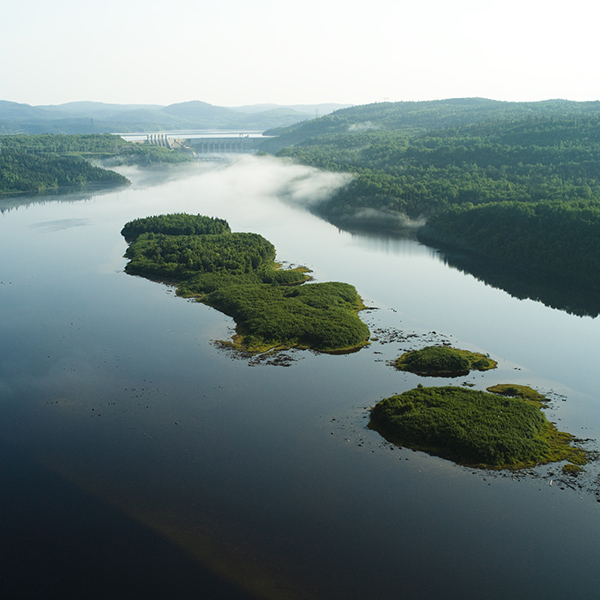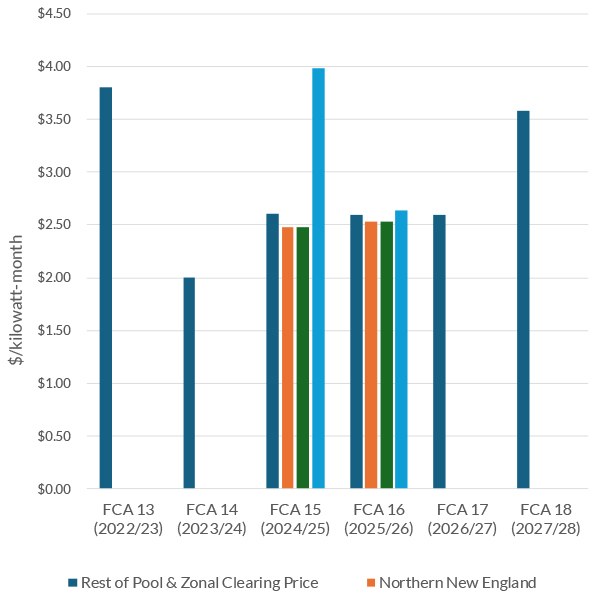Hydropower
CAISO declared its first transmission emergency of the summer as a fast-spreading Northern California fire forced PG&E to de-energize transmission lines near one of the state’s key hydroelectric facilities.
Extreme heat in the Desert Southwest and low hydro in the Northwest could pose reliability problems for the Western Interconnection this summer, although the region doesn’t face an alarming risk for grid emergencies, WECC officials said.
CAISO’s Board of Governors and WEIM Governing Body unanimously voted to approve an expedited proposal to increase the ISO’s soft offer cap from $1,000/MWh to $2,000.
CAISO is proposing to raise the soft offer cap in its market from $1,000/MWh to $2,000 to accommodate the bidding needs of battery storage and hydro resources in time for operations this summer.
FERC denied an application for a 3.6-MW pumped storage hydropower facility on the Little Colorado River in Arizona — entirely on Navajo Nation land — after the tribe protested that it had not been consulted with by the developer.
Despite record winter precipitation in California, hydroelectric generation in the Western U.S. fell to a 22-year low in the 2022/23 water year, largely due to drought conditions in Washington and Oregon.
Despite support from the Department of Energy, National Grid has backed out of a major project to significantly increase the two-way transmission capacity between New England and Quebec.
With the days of endless cheap hydropower in Québec coming to an end, and the Northeastern U.S. hoping to rapidly scale up intermittent renewables, the two regions may be forced to fundamentally reconsider the role of hydropower on the grid.
ISO-NE's capacity prices cleared at $3.58/kW-month in FCA 18, a nearly $1 increase over last year.
House Republicans lambasted a deal that the Biden administration struck between Oregon, Washington and four tribes on four dams along the Snake River.
Want more? Advanced Search
